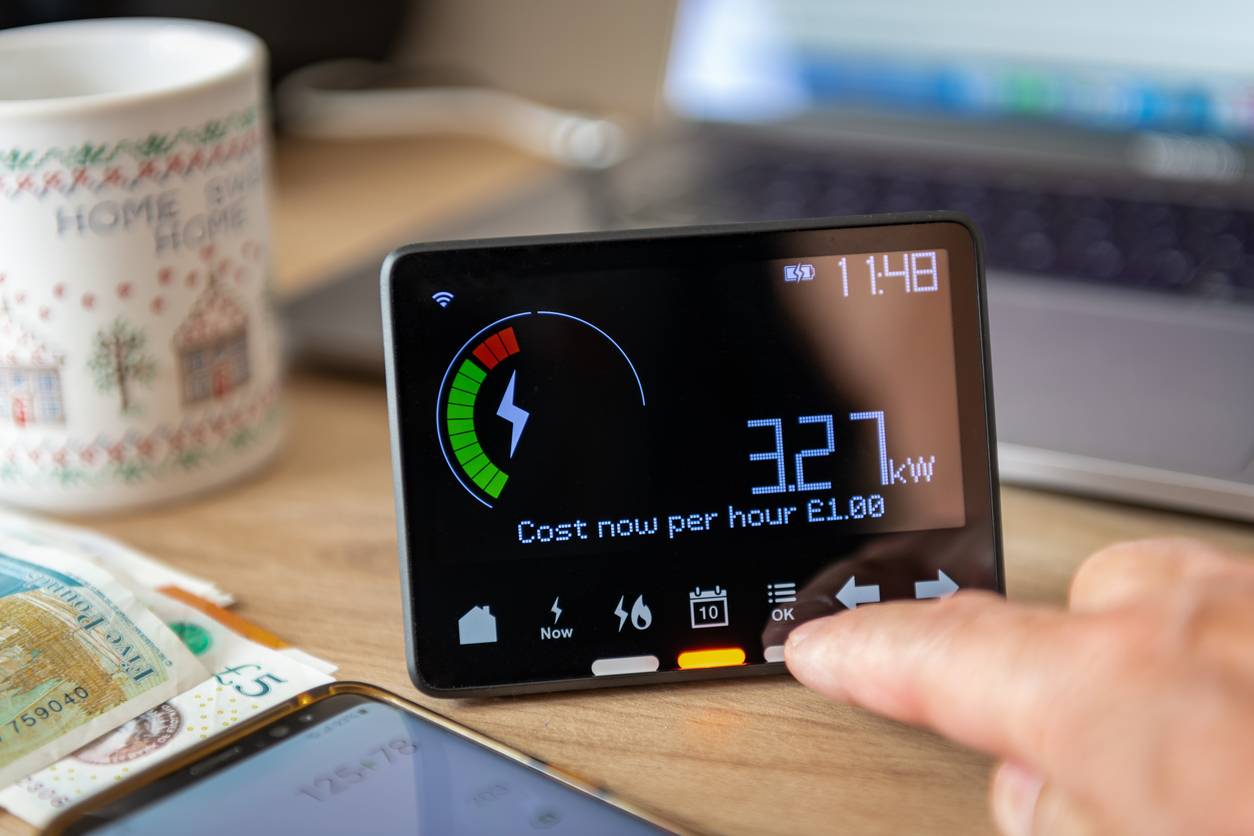Get the most from solar by choosing the best energy tariff
Your solar energy system can easily cut your monthly bills by 70%. And you could save even more, by getting smarter with electricity... starting with a reassessment of your energy tariff.
It’s vital that you look at this as part of your solar transition. Even if you’re paying a low rate today – solar brings new energy needs and opportunities, so it’s best to start over with an open mind.
There are four things to consider as you explore new tariffs:
1: STANDING CHARGE
This is the amount you pay to be connected, regardless of how much power you actually use. The charge is subject to an Energy Price Cap, set by Ofgem once a quarter. You can expect to pay in the region of 60p per day including VAT.
2: IMPORT RATE
This is the rate you pay for the electricity you draw from the grid when your solar power dips and your storage battery runs dry.
Rates are set as kilowatt hours (kWh): the cost per hour for every 1000 watts of electricity used.
This rate is also subject to an Energy Price Cap, typically up to 25p/kWh.
Check the news section of Ofgem’s website for the latest Energy Price Caps.
Most tariffs are “multi-rate”, charging different kWh rates at different times of day - with overnight (off-peak) use around half the daytime (peak) rate. However, some tariffs offer a single rate, with the same unit cost at any time of day.
If you have a storage battery – which we would always encourage – you should opt for a multi-rate tariff. Then you can fill the battery overnight with half-price electricity, and use it during peak hours at no extra cost.
When you’re appraising import rates, be sure to find out:
- What are their peak and off-peak rates in kWh?
- When does each tariff apply - their peak and off-peak hours?
Then check to see how this compares with the rates you’re used to paying. If you have a smart meter, it’s easy to check – and if you don’t have one, it’s probably time you did!
You can request a smart meter here, or arrange it when you set up your new tariff.
3: EXPORT RATE
This is the rate they’ll pay you for the excess electricity you upload to the grid whenever your battery tops out. Under the government’s Smart Export Guarantee (SEG), you will always be paid for energy you sell as long as your supplier is listed as an SEG licensee. However there is no fixed or minimum rate, so check the terms of your tariff.
Export rates vary dramatically – the best rate you find could be 30 times higher than the lowest, so shopping around is essential.
4: TARIFF BIAS
There are tariffs for every purpose. Some that favour import, and some that favour export. Some ideal for solar batteries, and some for EV chargers. Some designed for heavy use, and some for lighter use.
That gives you a wealth of choice. But the bias in every tariff means it’s hard to find one that’s “perfect”, so you could be faced with a trade-off, like:
- Lowering your export rate to get the best import rate – or vice versa.
- Saving less on EV charging to save more with a battery – or vice versa.
Even if you’re offered a combination of tariffs (sold as the best of both worlds), there will always be upsides and downsides. So you still have to decide what’s most important to you.
Thankfully, you shouldn’t have to rely on guesswork. You know your energy habits and which types of systems you’ll be using most. And a good solar advisor should be able to break down all the essential numbers, like:
- How much you’ll import and export over the course of a month.
- How much off-peak electricity you can store in your battery.
- How much extra you can save with a few lifestyle changes.
- How much you’ll pay for specific use, including EV charging.
You can use all this data to set your own priorities and choose the most suitable tariff.
Just keep in mind, some solar and EV-friendly tariffs will only work with certain types of equipment. Check for compatibility before signing up.
What do we recommend?
It’s different for every household, and the situation is always evolving, so it’s hard to give a standard recommendation. But at the time of writing, we’re impressed by Intelligent Octopus Flux. It’s designed for solar with battery storage, so it lets you import at a low rate and export at a high rate – you can even choose Agile or Fixed rates, to take even more control of your energy spend and savings.
Right now, we think this tariff offers the best balance of import and export rates (and we’re not being paid to say this!). We’re keeping an eye on things however, so keep an eye out for updates.
And of course, be sure to do your own research. Or let your solar advisor suggest a tariff that suits your personal energy habits.












